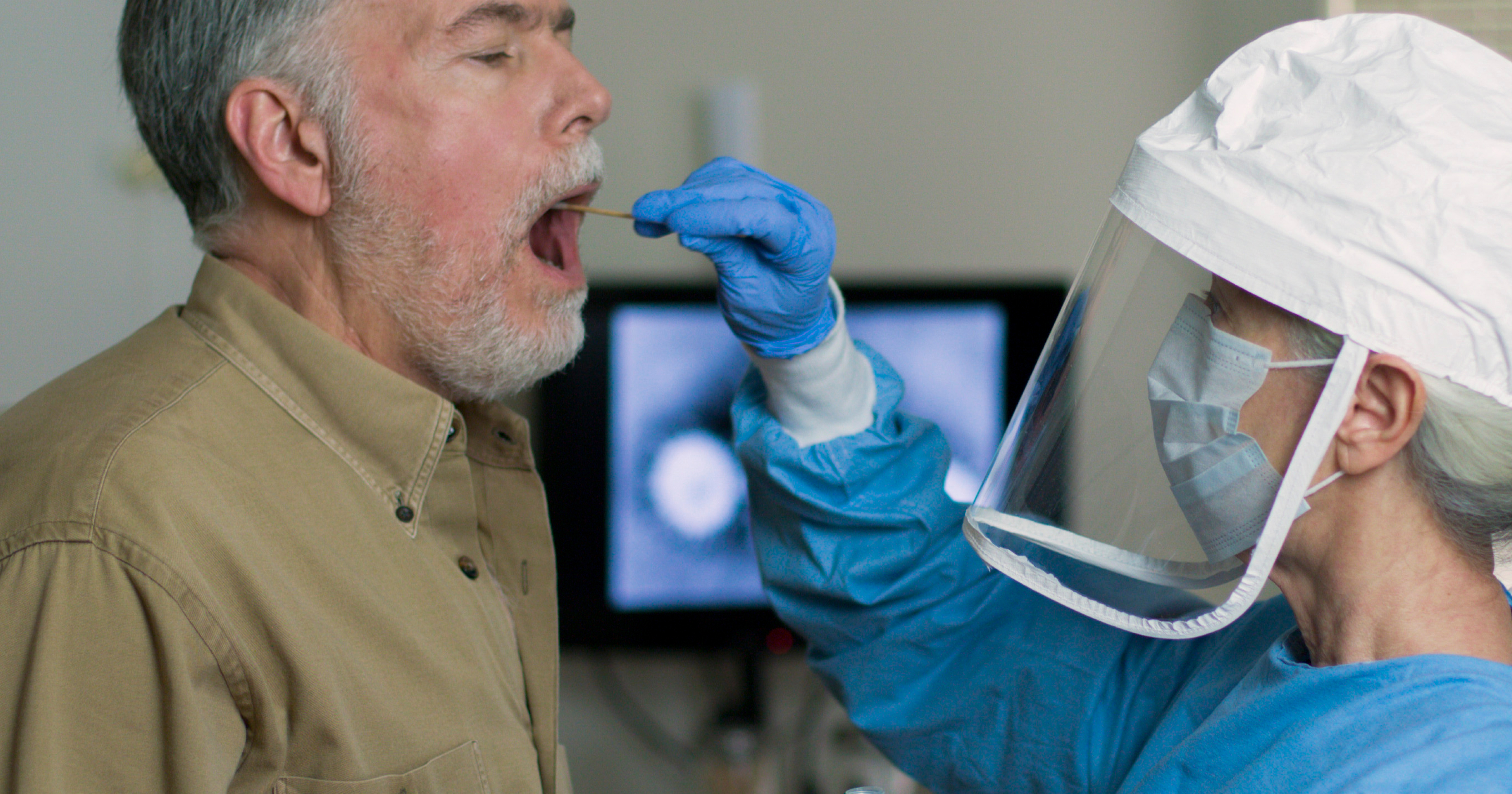ElsevierHealthcareSeries

BYLINE: Shannon Williams, PharmD, BCPPS, Clinical Drug Information Editor
The talk about a COVID-19 vaccine has been the buzz for months now. We’ve heard about it from multiple news outlets, read updates in scientific journal articles, seen our friends discussing it on social media, and have had our family asking when we will finally have a vaccine available so we can all see and hug each other again. The holidays have made the news of vaccine availability by year’s end even more appealing as many people have spent time away from their loved ones. There is a lot of hype over this vaccine – and for good reason. It utilizes exciting new technology and we have witnessed historic speed to development, although public concerns over safety remain.
Operation Warp Speed (OWS) has helped to speed up the development of the COVID-19 vaccine, allowing it to be the first vaccine submitted to the FDA this quickly. Instead of waiting for each step of the vaccine to be validated prior to investing more resources in the development, OWS has allowed multiple steps to be done simultaneously while still ensuring safety and efficacy. The FDA review and approval process remains the same so even though the vaccine is being developed faster than usual, the public can remain confident that the FDA standards have not changed and the vaccine has undergone the same evaluation as prior vaccines.
The frontrunners for approval are the first vaccines to be developed using messenger RNA (mRNA) vaccine technology. Unlike vaccines currently available for other diseases, mRNA vaccines do not use weakened or inactivated components of the disease-causing pathogen to create antibodies. Instead, they utilize the process that the cells use to make proteins, which triggers an immune response and builds immunity to SARS-CoV-2, the virus that causes COVID-19. In clinical trials, the efficacy of these vaccines has been greater than 90%. With this level of efficacy, the vaccine could have a substantial impact on bending the pandemic curve over the next few months.
Several organizations have been meeting over the past few months to address concerns over safety, evaluate efficacy data, and to determine who should be first to receive the COVID-19 vaccine. The CDC’s Advisory Committee on Immunization Practices (ACIP) has addressed concerns about safety on multiple occasions. Several meetings have been held where both the public opinion and the opinion of clinicians in various specialties have been heard. ACIP has also been working diligently to make recommendations on how to allocate the vaccines once they are available, as initial supplies will be limited.
These are unprecedented times and have caused a lot of heartache and frustration for many people. Although public concerns still exist, the COVID-19 vaccine is finally bringing hope to people that one day we’ll again be able to congregate with friends and family without having to worry about the short and long term effects of this novel virus.

PharmD, BCPPS, Clinical Drug Information Editor
Cookies are used by this site. To decline or learn more, visit our cookie notice.
Copyright © 2025 Elsevier, its licensors, and contributors. All rights are reserved, including those for text and data mining, AI training, and similar technologies.